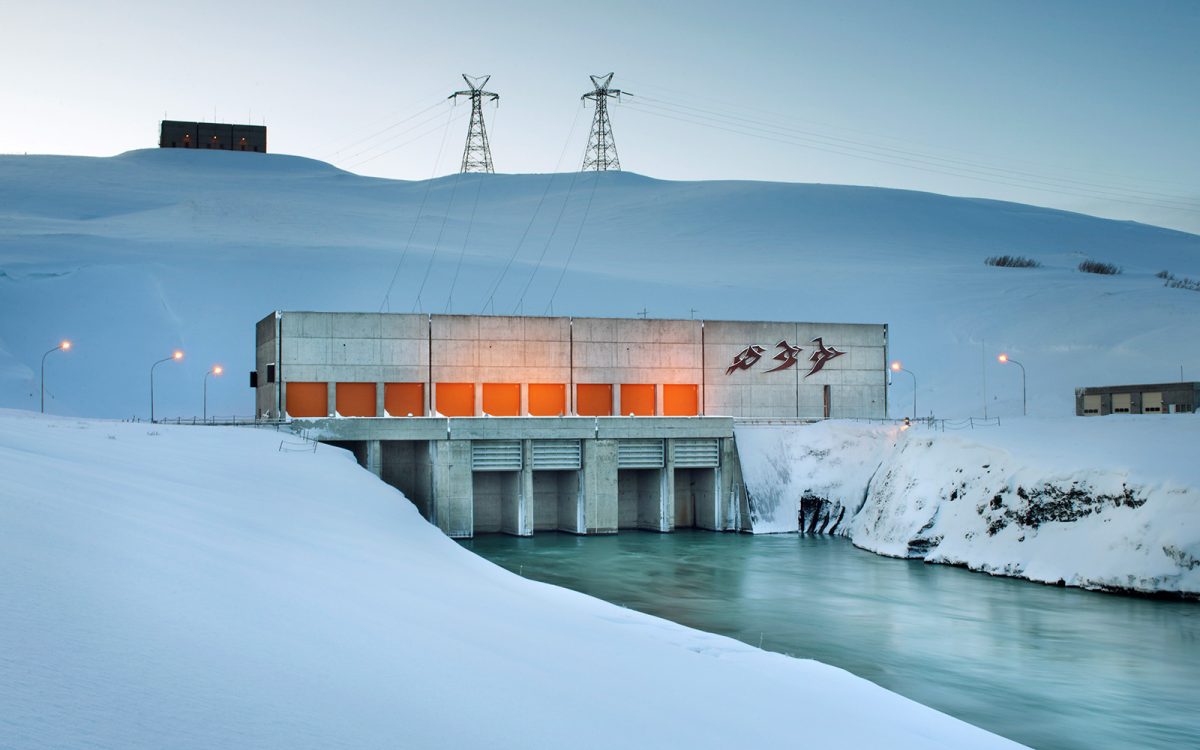Blog
07.12.2021
The Resource Challenge
In his second blog post of the series, Mike Scott explores the resource challenge facing the data center industry as the sector continues its exponential growth. Power, water and renewable energy all play a role in helping operators develop a long-term sustainable data center strategy that is truly green.


Data centers have helped to revolutionise the internet and enable the creation of a new digital world that is becoming integral to every part of modern life.
But running a data center takes a lot of resources – mainly energy, land and water – and as the sector continues its exponential growth, its negative environmental impacts are becoming more apparent.
According to the Global e-Sustainability Initiative’s Smarter 2030 report, the digital world comprises 34 billion pieces of equipment, more than 4 billion users, and with its associated network infrastructures and data centres, it is responsible for 2.3% of global greenhouse gas emissions. Data centers themselves account for 1% of the world’s electricity consumption and 0.5% of CO2 emissions.
Much of that power consumption goes towards keeping the servers housed in data centers cool. One way to do that is to use water to cool the servers in a process known as evaporative cooling, which is more energy efficient than other techniques but uses increasingly large amounts of water. But as chips become much more power intensive than they were even 18 months ago, they require ever colder temperatures to keep them cool.
The power and water consumption of data centers is so large that questions are starting to be asked about where the facilities are sited – should they be located in desert areas such as Phoenix, Arizona, where water scarcity is a real problem, or in states such as Virginia, which uses a lot of coal in its energy mix?
There are a number of tools to help customers work out the environmental footprint of their data center – Google offers a free Carbon Footprint dashboard that displays gross carbon emissions from the electricity used for any given account and it is also using machine learning and satellite analysis to help build climate solutions, so data center customers are gaining greater transparency on the impact of the facilities they use.
Companies such as Microsoft and Facebook have committed to replace more water than they use in their data centers through measures such as fresh air cooling and running data centres at higher temperatures.
Data centers are increasingly turning to renewable power to help decarbonise their energy use – the biggest companies such as Google, Amazon and Microsoft have been procuring huge amounts of renewable energy capacity directly for their own use, but that is not an option for everyone. Other users are looking to reduce their impact by using green power purchase agreements. However, it can be difficult to find out how much of your energy is actually clean, so there is a risk of greenwashing, particularly as the sources of energy become more transparent, just at the time when scrutiny is growing over companies’ green claims.
Meanwhile, the Nordic countries have attracted a number of data center operators because the cool temperatures help with counteracting the heat from the servers and a high proportion of the region’s energy is renewable, while water is plentiful. However, few jurisdictions can say with any confidence that they are 100% renewable. Iceland is one. Its abundance of cheap, green, renewable geothermal and hydroelectric power, and its central location between mainland Europe and the US make it an ideal location for data center facilities, and a number have opened and expanded in recent years.
Data is becoming further disaggregated so that those applications that are latency insensitive flow towards the most efficient data centers, while edge computing is located closer to where it is needed. As a result, there will be a shift away from the traditional regional campus approach to data centers and facilities in locations such as Iceland will come into their own.